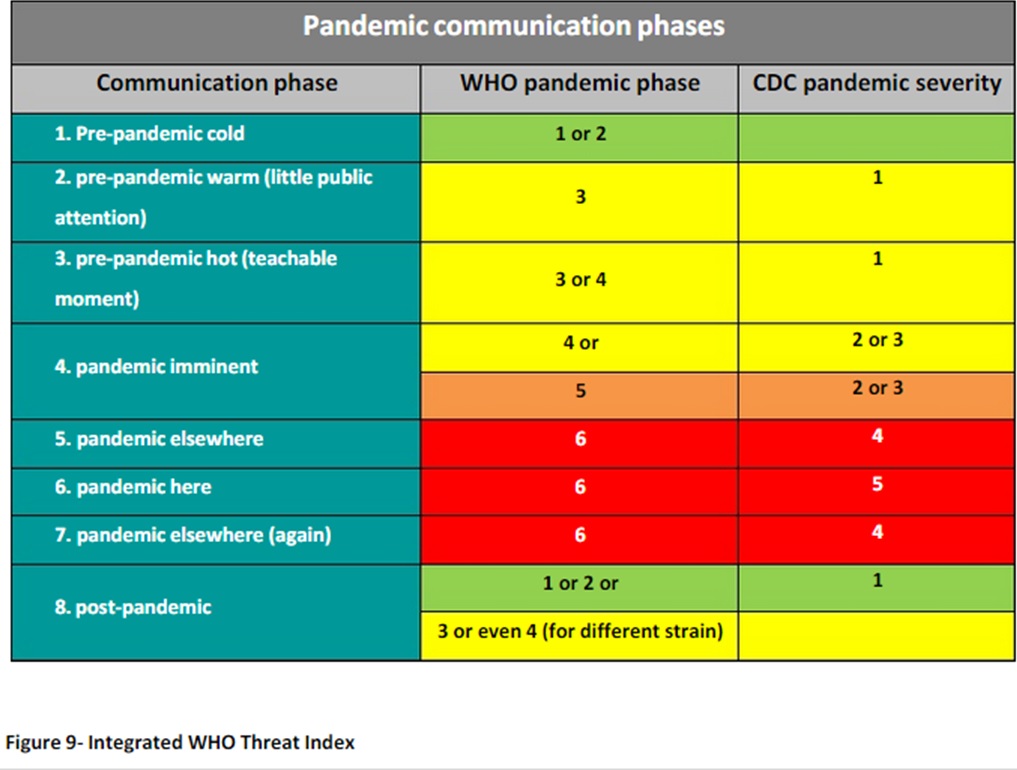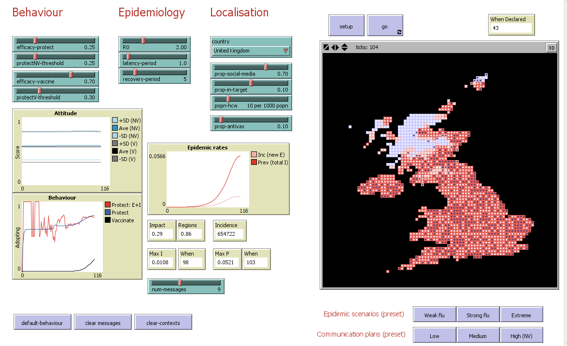|
TELL ME project did not really end in Venice
TELL ME Project Final Conference was successfully held in Venice on the 4th and 5th of December, with the participation of representatives of several national and international institutions, not only health authorities such as ECDC, CDC, PHE and ISS, but also people working on other issues involved in preparedness and response to infectious threats, such as air transport, social marketing, emergency management, social media and national defence.
On the TELL ME website you can find both presentations and recordings of the event.
After the Final Conference, the ideas and products of the TELL ME project have not been buried. On January 23, 2015, another workshop was held at the BMA in London, on BMA. Possible exploitation of the project’s output was discussed, highlighting promising perspectives, in order to keep alive a competent, multidisciplinary and close-knit working group such as the TELL ME consortium. Ideas were explored on how to make the best use of its products (such as the TELL ME Practical Guide for Health Risk Communication, the Social Simulation Model and the Primary Care Online Course).
A TELL ME book collecting relevant papers produced during the project soon will be available, as well as a forthcoming Special Issue of the peer-reviewed journal Disaster Medicine and Public Health Preparedness, which will contain several contributions by TELL ME partners.
The TELL ME legacy will then be taken up by other EU projects working on the issues of outbreak communication, such as the E-COM and ASSET projects, the latter being initiated and designed by a group of TELL ME partners and other parties.
A proposal for a new, integrated Pandemic Threat Index

Based on lessons learned from H1N1 2009 pandemic, TELL ME Project suggests a new Pandemic Threat Index, that integrates three alternative previous risk communication scales: WHO revised pandemic phases (2013), CDC Pandemic Severity Index (2007), and Sandman’s risk Scale (2007)
In a document by the University of Haifa available on the TELL ME website, the potential of each scale to construct effective communication channels with different stakeholders is discussed; from the level of the Member State to the level of the individual. Most importantly, the authors stressed the complementary nature of these scales.
Interestingly, though each threat index is comprehensive, considering the practical tools they offer, their alert phases are very much oriented to different aspects. Namely, the WHO’s risk assessment of influenza virus with pandemic potential is directed to updates based on the geographical spread of the threat, CDC pandemic index is severity based and its updates are directed to specific measures individuals and community should undertake to minimize their risk, while Sandman’s communicational phases emphasize mass communication as an educating tool in times of crisis. Subsequently, these three phase systems do not overlap but rather complement each other.
The TELL ME experts recommend then to connect the three scales into a united integrative pandemic communication phase's threat index. The integrated threat index phases will be designed to consider geographical threat, severity and public risk perception. This comprehensive index might be the solution for the shortcomings of the current WHO threat index, that does not defects its many advantages. It offers the most practical tools for outbreak communication with different stakeholders, and it takes into consideration international, national and local risk assessments.
Now available the TELL ME Practical Guide for Health Risk Communication
The TELL ME Practical Guide for Health Risk Communication is now available and can be downloaded from the TELL ME website. A collaborative effort among BMJ, CEDARthree, Istituto Superiore di Sanità and Zadig Srl, this communication kit is a main outcome of the TELL ME project: it is a collection of four guidance documents geared towards health care professionals, public health officials, decision-makers in the fields of infectious disease management and communication.
The Practical Guide for Risk Communication offers practical recommendations and tools to support the development of evidence-based messages, tailored for different sub-populations and target groups across various cultural contexts with the aim to further improve risk communication and the management of national or international public health threats at different phases of a major infectious disease outbreak.
It also takes a specific focus on issues related to the emergence and spread of misinformation and rumours, within the wider outbreak communications environment and across the four pandemic phases (inter-pandemic – alert – pandemic – transition), as specified by the World Health Organization (WHO). While the original intention was to develop guidelines for preventing misinformation within the boundaries of influenza pandemics, it was decided to extend the scope of this document to cover infectious diseases where both preventive (e.g. social distancing) and protective (e.g. vaccination) measures are likely to be introduced.
The recent outbreak of measles in USA is just an example of the severe consequences such misconceptions can have, i.e. when they are about vaccination.
A simulation model of viral transmission and communication

CRESS (Centre for Research in Social Simulation at the University of Surrey), partner of TELL ME project, has released a prototype software that simulates the effect of health agency communication on protective behaviour (such as vaccination or hand hygiene) and its contribution to epidemic management. The prototype has been developed in conjunction with other TELL ME project partners, health communication experts, epidemic managers and other stakeholders.
This model is the first to successfully combine five requirements:
1) It includes the effects of communication on behaviour;
2) It considers two-way influence between the simulated epidemic and personal behaviour;
3) Decisions to adopt protective behaviour are based on appropriate psychological models;
4) Simulated individuals have different characteristics (such as attitude and media access) and react differently to the same situation, and perceive their environment (such as proximity to the epidemic), reacting differently to different situations.
5) The model has been parameterised with available empirical data.
The prototype can be used to compare communication plans, helping users to understand the complex interactions between communication and behaviour. The development of the model also highlighted what information needs to be collected about the effect of communication during future epidemics to be able to create a full communication planning tool.
The model is freely available and runs on open source software. User documentation (in English only) is also available. Relevant files are available from the TELL ME website.
More info: j.badham@surrey.ac.uk
|